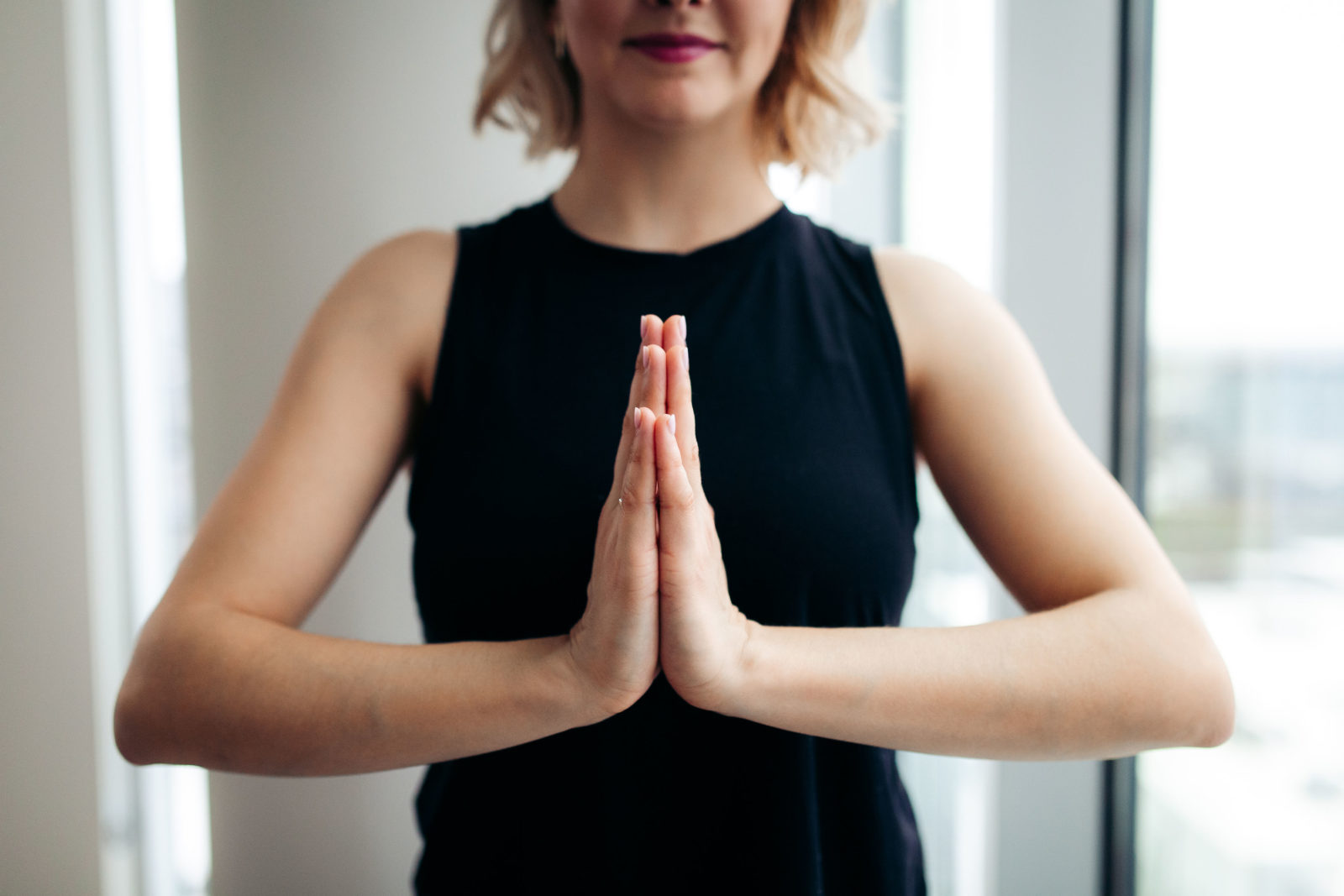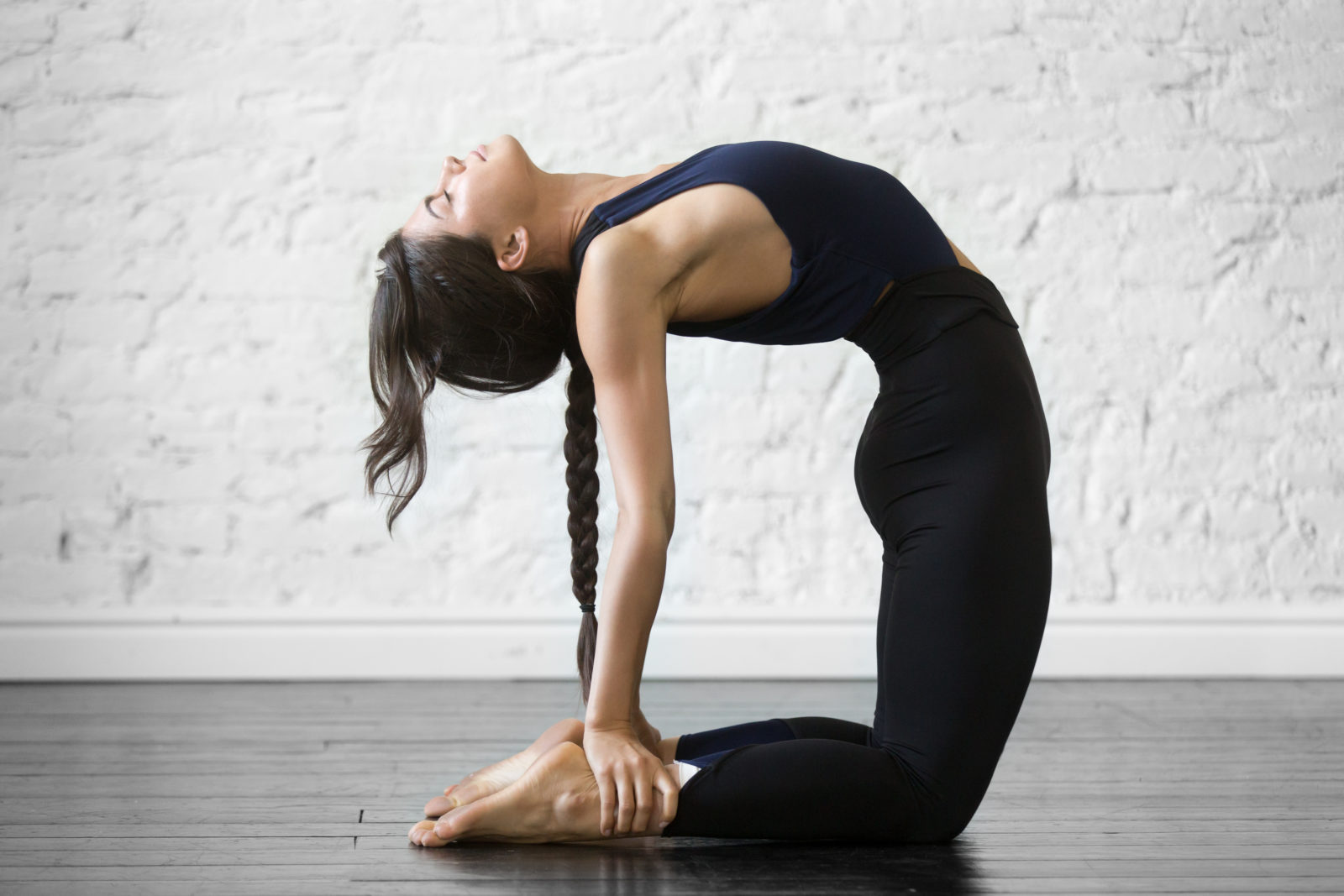I was drawn to the inviting practice of yoga after a weightlifting injury landed me in the hospital for a week. The injury itself—Rhabdomyolysis—was a result of ignoring the signs that my body had exerted too much. After this traumatic experience, I had a recovery phase where I couldn’t exercise. I spent this long overdue down time to try and understand how I ended up hurting myself in the first place and how I should exercise my body differently moving forward.
First and foremost, I had to increase self-awareness and begin listening the signals my body sent me. Yoga felt like the right practice to begin trusting my body’s strength again and to increase my mindfulness around physical activity. What I would come to find out later is that yoga not only helped me increase awareness and trust myself, but yoga has also helped me manage the trauma from my injury and heal the anxiety I experience in daily life.

There is More to Yoga Than the Physical
When I left the hospital I was unable to exercise for a month, so I began practicing meditation as a new healthy habit. I learned that yoga is about the physical practice, but it is also about meditation and spiritual living. I loved being able to study meditation before diving into the actual yoga poses because I was better able to bring the lessons I learned from meditation into my yoga practice.
Meditation taught me that I can always return to the breath in moments of stress, and you can focus on the breath by noticing the breath moving in and out of the nose, the rise and fall of the chest, or by the belly expanding and softening. In yoga class, if I am struggling in a pose or feeling worn out, I check in on the quality of my breath to see whether I need to back off and rest or remind myself I’m okay and can keep pushing forward. This same idea applies to difficult situations in life—you can always come back to the breath.
I Surrendered to the Flow of Life
There are many components of yoga, including anatomy, breath work, alignment, and flow. The idea of flow is finding rhythm between the breath and your movement. As you move through a vinyasa flow class, you learn to lift your body as you inhale, and fold your body as you exhale. The practice of flow resonates with day-to-day life as you learn to ride the ups and downs of life. Things won’t always go your way, but with each negative moment there is a positive moment to follow. The more I practice yoga, the more I gain this perspective in moments of stress or anxiety.
The practice of flow resonates with day-to-day life as you learn to ride the ups and downs of life. Things won’t always go your way, but with each negative moment there is a positive moment to follow.
Alignment-Based Yoga Helped Me Be Present
In addition to flow, yoga focuses on alignment—aligning your muscles and bones correctly for optimal health and longevity. Finding the correct form in yoga requires deep focus, and the practice of focusing on proper form allows you to come completely into the present moment. Part of the reason students feel so refreshed after yoga is because they just spent an hour focusing on nothing else but their bodies and the poses. Taking a mental break from the stresses of life is essential, and yoga is the perfect outlet when you need to reevaluate your mindset.
Savasana Taught Me to Let Go of Control
Despite all of the challenging poses you can practice in yoga, savasana is easily the hardest. Savasana is the final pose in class where you lie on your back with your eyes closed and release your muscles. Savasana can be uncomfortable because you’re antsy to get to your next appointment and you may feel uncomfortable lying silently with your thoughts. Savasana taught me to get more comfortable in uncomfortable moments. The more you practice savasana, the more you learn that there are many things out of our control, and we must surrender to these things.






